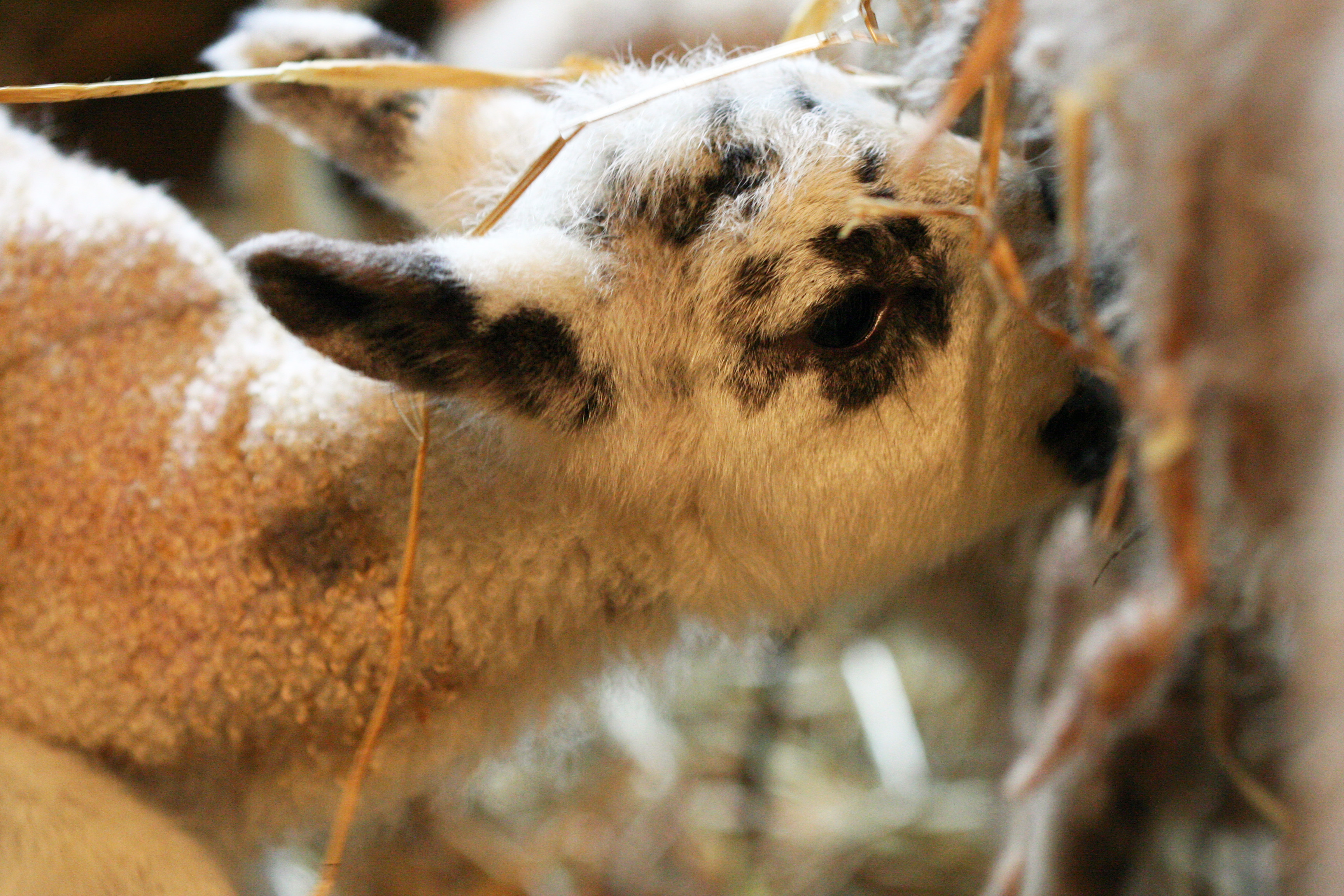NFU dairy and livestock members are being encouraged to support the #ColostrumIsGold campaign that’s been created by the Responsible Use of Medicines in Agriculture (RUMA) Alliance. It underlines that responsible use of antibiotics starts with newborn calves, lambs and piglets receiving the right amount of colostrum within a couple of hours of birth – something all farmers have the potential to achieve.
The information is mainly based around getting the 3Qs – ‘quality, quantity and quickness’ – of colostrum delivery right. The FarmAntibiotics.org website will be signposting to these resources, as well as highlighting hints and tips for more effective colostrum management.
RUMA chairman Gwyn Jones said: “As a farmer I recognise the pressures at lambing and calving, and just how easy it can be to take shortcuts with the all-important first feed.
“But it was a wake-up call when I found out calves receiving insufficient colostrum at birth are more than twice as likely to develop respiratory disease, and can have mortality rates as high as 13%.
“Too often we see the animal start to suck or we give it a feed, and don’t think about the actual quantity of colostrum it consumes immediately after birth.
“All these factors have an enormous impact on the levels of antibodies in the bloodstream 24 hours later, and on the subsequent health of the animal and its need for antibiotic treatment during its whole life.
“Better colostrum management is an incredible opportunity – not to ensure better health for the future, but cut antibiotic use and produce a more valuable animal for onward rearing,” he adds.
Farmers and vets looking for more information should search for the #ColostrumIsGold hashtag on Twitter.
Useful tools, resources and case studies can be found at the FarmAntibiotics.org website.
Factsheet
About colostrum
• Provides antibodies that form the main parts of an acquired immune system. This can reduce or prevent the need for antibiotic treatments in the new-born or older animal.
• The new-born animal has little body fat, which means it is highly dependent on the fats and carbohydrates in colostrum as a source of energy to maintain body temperature and growth. Insufficient energy supply at birth can lead to hypothermia.
• Colostrum provides other nutrients, including: vitamins A, D and E which help increase the absorptive and digestive capacity of the digestive system; enzymes and proteins which suppress growth of certain bacteria and contribute to the immune system1.
• Calves: Give a first feed of 4 litres or 10% of bodyweight within 4 hours of birth; this should then be followed up by a further 2 litres within 12 hours of birth. A calf requires approximately 20 minutes of continuous suckling to consume enough colostrum from the cow at the first feed. Good quality cow colostrum has IgG levels of greater than 50mg/ml.
• Lambs: Rule of thumb is 210–290 ml/kg body weight, so a 5kg lamb at birth needs 1 litre of colostrum in its first 24 hours of life to give it essential levels of natural immunity. But importantly, the first feed should be within two hours of birth.
• Pigs: New-born pigs should suckle within 30 minutes of birth to meet energy requirements, and consume over 200ml of colostrum in total in the first 24 hours, but preferably nearer 290ml.
Sheep facts
• Adequate colostrum fed at birth could virtually eliminate Watery Mouth in lambs; half of UK lambs are currently estimated to receive oral antibiotics as protection
• 50% of neonatal lamb E coli are resistant to spectinomycin (most commonly used Watery Mouth treatment)
Dairy facts
• Over 30% of dairy farmers now test the quality of the colostrum before feeding it
• Just 5% of dairy farmers are feeding colostrum within 2 hours, the ideal timeframe
• Calves fed sufficient colostrum (>12g/l IgG) more than halve their risk of pneumonia
• Calves with sufficient antibodies have a lower risk of mortality
Pigs facts
• Higher colostrum intake (200ml) improves the survival rate up to weaning
• Colostrum intake above 290g per pig has led to 6-week weights being 2kg heavier
• The smaller the interval between birth and first suckling, the lower the levels of pre-weaning mortality
